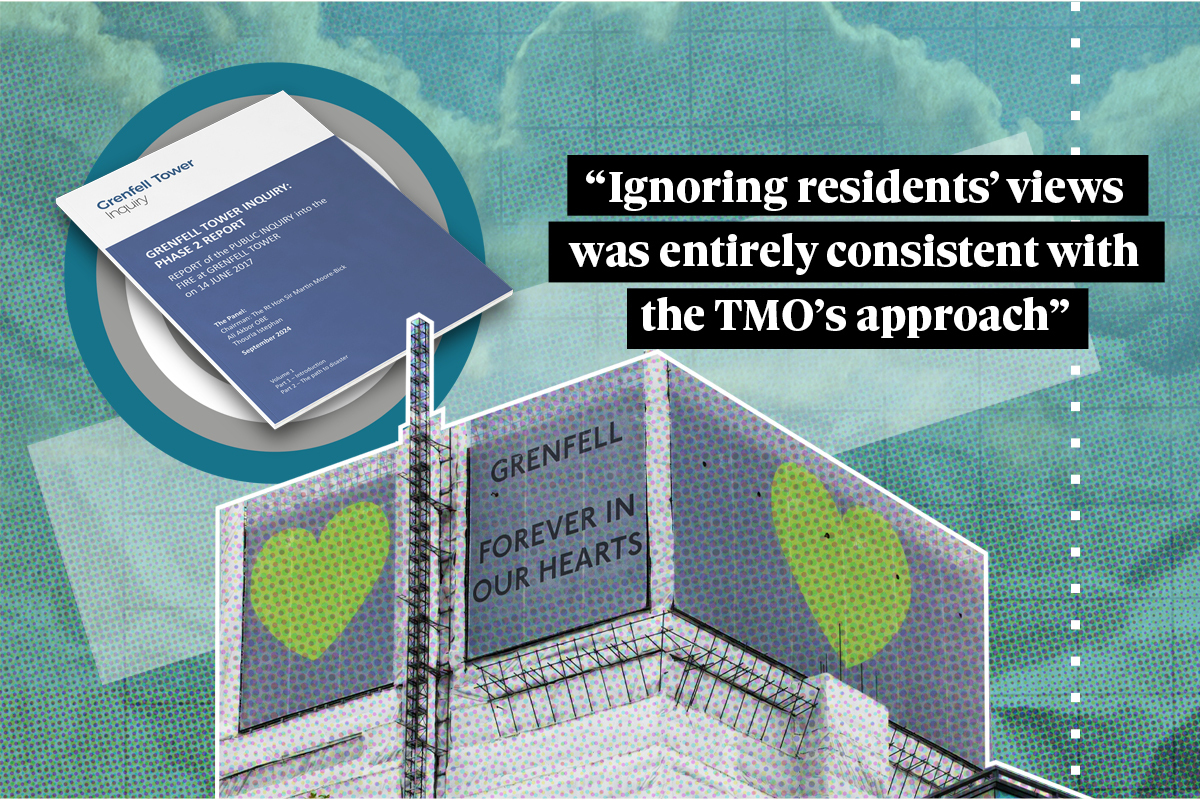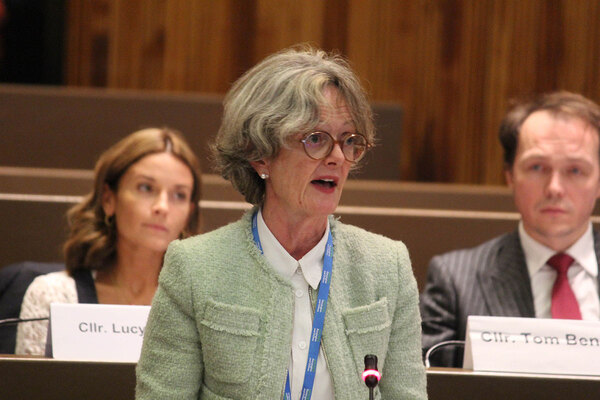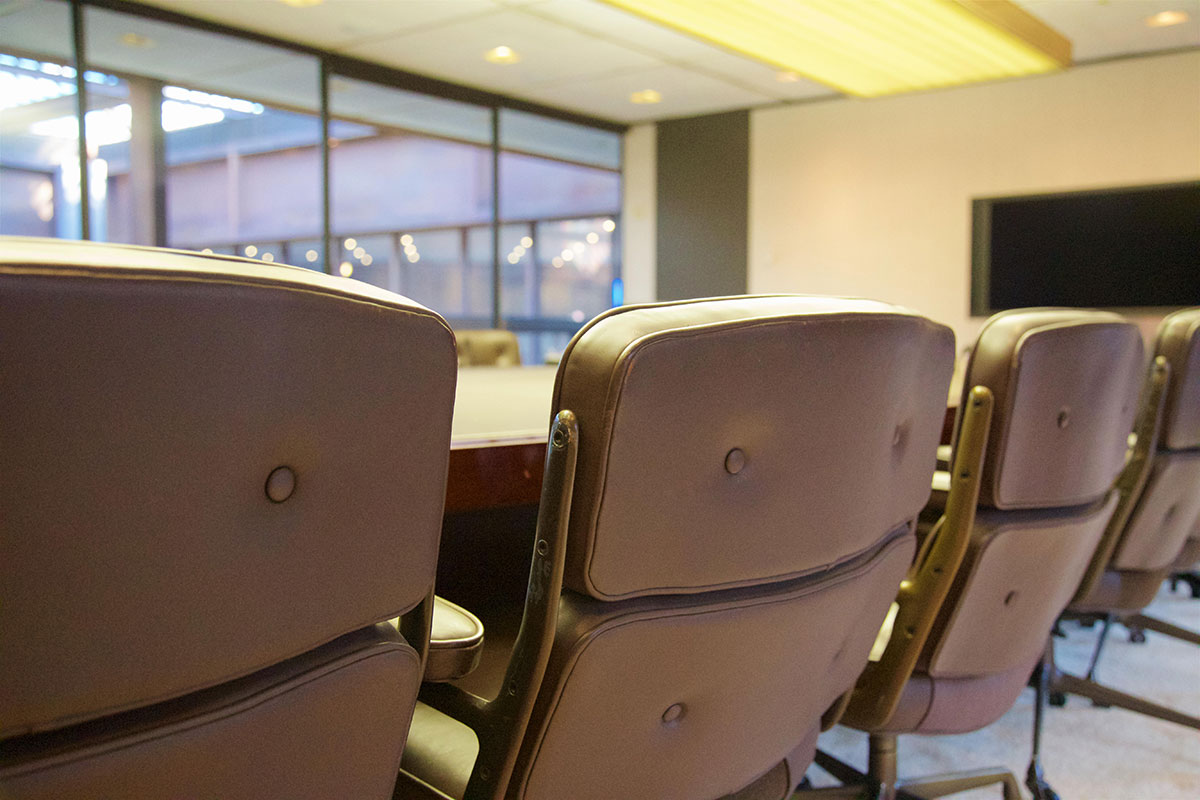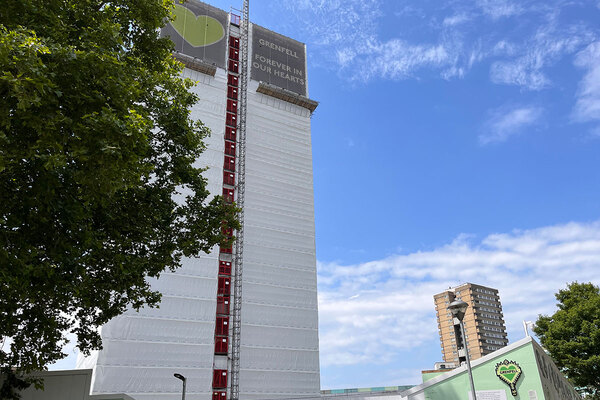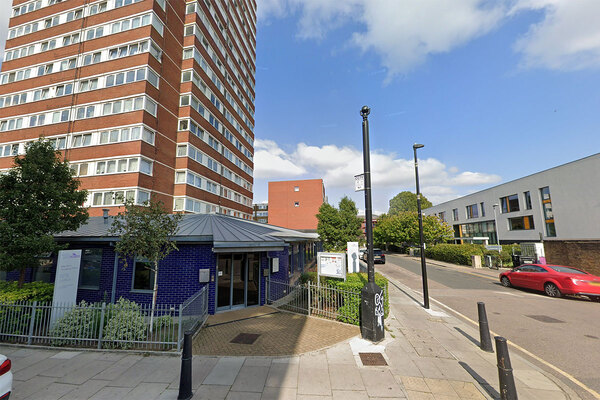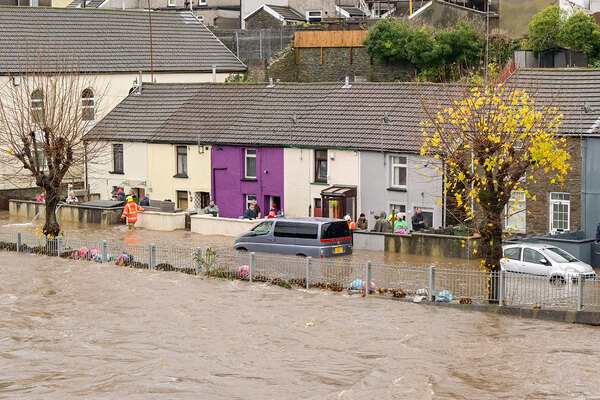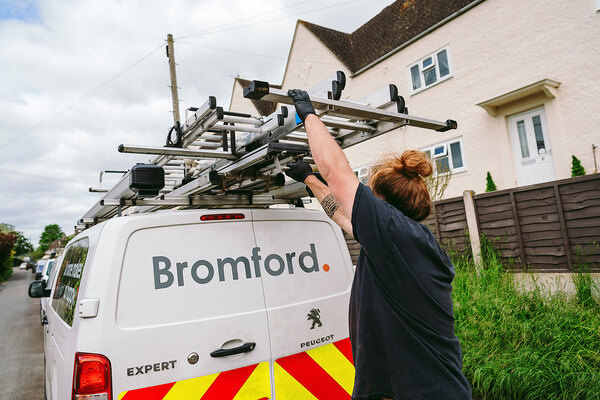Board Member Briefing: lessons from the Grenfell Tower Inquiry report
The inquiry into the Grenfell Tower fire has concluded. Peter Apps distils what board members at social landlords should take away from it
The Grenfell Tower Inquiry took a deep dive into the root causes of the devastating fire of June 2017, and there are many lessons for housing sector board members. While the fire had many causes, there are elements of it that relate to governance, and there are mistakes described in the 1,700-page report that all those in governance positions can learn from.
‘A culture of concealment’: ensuring you have good information from your executive
In some respects, the board at Kensington and Chelsea Tenant Management Organisation (KCTMO) was never given the chance to act on the flashing red lights which may have indicated that a major fire safety storm was brewing. This was because the executive – in the form of chief executive Robert Black and head of health and safety Janice Wray – did not report problems candidly to the board, in what the report branded “a culture of concealment”.
Two external reports – one in 2009 and one in 2013 – raised very serious questions about the overall management of fire safety in the organisation, including the absence of a health and safety strategy and a lack
of leadership from the executive team.
But Mr Black did not present either of these reports to the board, instead providing only summary versions in board papers, which cut out all the criticism.
“[The 2013] report contained a powerful criticism of the TMO’s health and safety arrangements and was all the more serious for the fact that four years had passed since the [2009] report and not all of the recommendations had been carried out. If Mr Black had disclosed those matters to the board, he would no doubt have been asked some very difficult questions,” the inquiry report said.
The board never had the chance to ask these “very difficult questions”. But the lesson to learn may be that boards should not take these sorts of things on trust.
The episode also shows a lack of curiosity when it comes to a very important topic: what detail was Mr Black pressed for when he gave his assurances? Why did the board not demand to see the documents? No board can read every document and there must always be a degree of trust. But on matters of safety, board members may need to be more robust.
‘Too much for one person to discharge properly’: ensuring proper resource for health and safety
Many of the failures that led to the Grenfell tragedy have little to do with resources and much more to do with incompetence, dishonesty and a failure to prioritise fire safety. But a backdrop of an under-resourced health and safety team did play its part. Fire safety fell within the purview of Ms Wray, who the report said had been given responsibilities that were “probably too much for one person to discharge properly without substantial assistance and effective oversight”.
Similarly, the appointment of a sole person to carry out all the fire risk assessments for KCTMO’s buildings should have raised questions about whether this was possible. And sufficient money was never put aside to complete the major works resulting from fire risk assessment actions.
This points to a lack of clear financial planning: no organisation should ever fail to discharge its health and safety responsibilities due to a lack of funds. It falls to the board to ask the executive team if it has allocated appropriate sums to the safety responsibilities, and to ensure funds are reprioritised if they have not.
Key briefing points
● Particularly with regard to health and safety, ensure external reports are provided in full and ask robust questions of the executive
● Question whether sufficient resource has been allocated to health and safety compliance, and ensure it is made the top priority
● Ensure policies are in place to hire competent and appropriate contractors
● Ensure the executive understands their responsibilities when it comes to managing construction jobs, and hires external support if necessary
● Build a culture where safety and compliance are seen as more important than cost and speed
● Ensure resident engagement is more than simply symbolic, embrace scrutiny from residents and properly investigate complaints of major issues
‘That led to a series of decisions which had disastrous consequences’: hiring good consultants
In the review of the Grenfell Inquiry panel, KCTMO’s critical failure with regard to the refurbishment was its lack of direct interest in fire safety, and a failure to appoint appropriately skilled contractors. Studio E, the architects, who had no experience of overcladding a high rise, made grave mistakes in the selection of materials and ultimately specified a system that was non-compliant with the rules and dangerous.
But KCTMO had done nothing to assure itself that Studio E was capable of doing this work, and had simply assumed that it was. “That assumption turned out to be incorrect and led to a series of decisions which had disastrous consequences,” the report said.
Boards will not get involved in every appointment of a contractor. But they can influence the process and culture of the organisation to ensure it is done with care. What questions does the board ask its executives about how contractors are appointed and what due diligence is done to understand their skills and capacity?
‘It did not have the necessary skills or experience to undertake that task’: taking responsibility itself
This ties in to a wider point about the refurbishment job: KCTMO showed little interest in fire safety, focusing instead on cost and speed. This led to some serious mistakes. One was not noticing that the fire safety strategy was incomplete with regard to the issue of external fire spread, and another was never chasing for an answer about whether the cladding panels were safe.
The view of the report was that clients commissioning construction work need to either be capable of managing the project and asking these questions, or hire experts who can carry out this work for them.
KCTMO was branded “foolish” in the report for refusing to hire a client design advisor, and to convince itself it had the capacity to do the work. “That was a mistake because it did not have the necessary skills or experience to undertake that task,” the report said. It also called for a “change in approach” across the sector to “prioritise safety over speed and cost, and lay much greater emphasis on an understanding of the regulatory regime and its purpose”.
The board will not take these decisions itself, but it should make clear to the executive that it expects proper, robust management of a construction job and for safety to be prioritised when commissioning and overseeing work.
‘Ignoring residents’ views was entirely consistent with the TMO’s approach’: truly involving tenants
Under its management agreement with the council, KCTMO was obliged to involve residents in the decision-making process surrounding the refurbishment. But this was never properly done, with the limited efforts at consultation branded “largely symbolic” and residents being left with “no voice” during the refurbishment.
In fact, when issues were raised with the board by local councillor and board member Judith Blakeman, she was ejected from the meeting and reminded that her responsibility as a board member was to the organisation. This is almost a reverse of the scrutiny process the Regulator of Social Housing demands. The result was the council’s scrutiny committee asking the board to organise its own review – which it did with no resident involvement at all, ultimately resulting in a whitewash of a report that ignored all the concerns residents had raised. The inquiry report was scathing of this episode, writing: “Ignoring residents’ views was entirely consistent with the TMO’s approach to engagement with its residents.”
The lesson to other board members: scrutiny by the board should be robust and independent, and residents’ concerns must be taken seriously.
Inside Housing’s Board Member Briefing series
The Inside Housing Board Member Briefing series aims to help board members at housing providers get up to speed with their role in a fast-changing world, but are also for everyone else engaged in the running of social housing businesses who want to stay on top of the key issues of the day. Click below to read other briefings in the series.
Lessons from the Grenfell Tower Inquiry report
The inquiry into the Grenfell Tower fire has concluded. Peter Apps distils what board members at social landlords should take away from it
Preparing for a cyberattack
Cyber security is one of the sector’s biggest strategic risks but is often overlooked by boards focused on service delivery and financial stability. Peter Apps explores what boards need to know and how mitigating the risk of attack can improve performance more generally
Dealing with a financial crisis
More housing associations are likely to get into financial difficulty. How should board members prepare, and how should they respond if their organisation is struggling? Peter Apps reports
High rises and building safety regulation
The next stage in England’s new building safety regime is set to begin, with the Building Safety Regulator able to call in “safety cases” for high rises from April. Peter Apps explains how boards should prepare
Mergers
Peter Apps looks at housing association mergers and the process behind them
Tenant board members
Peter Apps looks at how tenant board members can add value to the governance of an organisation
Development risk
Peter Apps looks at how the boards of housing providers can manage development risk in a difficult operating climate for the housing sector
Consumer regulation
Peter Apps, looks at the forthcoming consumer regulation regime
Sign up for our daily newsletter
Already have an account? Click here to manage your newsletters
